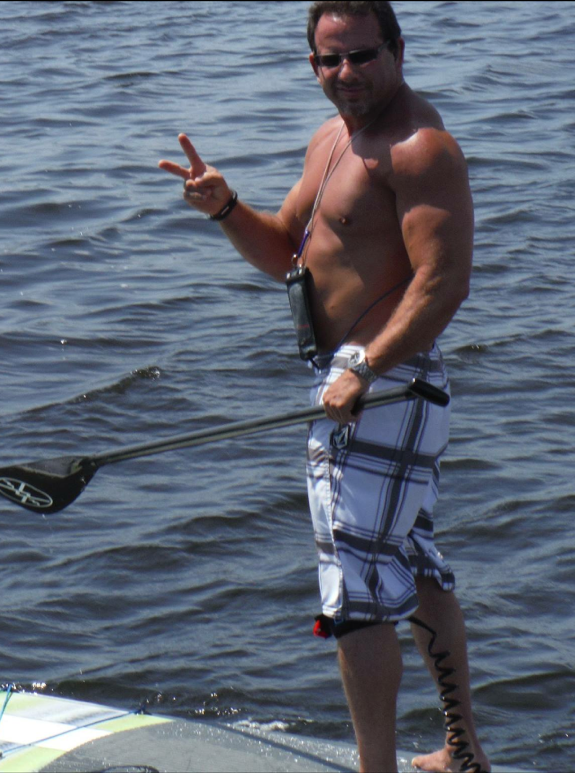by Chris Anders, Contributing Writer
Many of my customers spend a lot of time researching the right paddle board for themselves but do not spend any time researching the correct paddle. Paddles have many different characteristics such as the material, blade shape, blade angle, surface area, shaft length, shaft stiffness and price. Let’s start with material and price because these two things go hand in hand. Aluminum and fiberglass are inexpensive but are heavy for long distances and hinder performance. Plastic? Just stay away from it. Wood paddles are beautiful and if made right from bamboo can be a great paddle and quite pricey. The best paddle material is carbon fiber. They are extremely light and durable.

Length of the paddle is extremely important to your paddle form. For surf SUP 6″-8″ taller than you. For the average flat water paddler, you want the paddle to be 8″-10″ taller than your height. For racers, it is tricky. Rule of thumb 10″-12″ taller than you. I prefer to raise your arm above your shoulders with a slight bend in the elbow and bend my wrist 90 degrees and that would be a good height to start with. However, when it comes to racing in any sport everyone is different. I know racers that like an extremely short paddle because they have shoulder issues or those that have back issues might like a longer paddle to stay more upright or get more distance on the “Catch” of the paddle. Shafts not only come in different lengths but also different rigidity. The more flex in a paddle the less fatigue. You don’t want a lot of flex in the shaft because you will lose power in the stroke. The more rigid the more power but also more fatigue. Either way advanced riders should always test shaft length with an adjustable carbon fiber and get the right length before they cut a $400 paddle and have an experienced person cut your shaft.
Paddle surface and shapes can also determine your performance. A tear drop paddle has most of its volume at the bottom, so if you don’t get the entire paddle submerged you are still using most of the surface area. Whereas some blades have a more rectangle shape and require the blade to be totally submerged for better performance. If you have a smaller surface area then your cadence will increase (strokes/min) and you will have less fatigue because you don’t have to move so much water. You also must look at the blade angle. Too much pitch gives less load on the “catch” or entry and may hold too much water on the release and you want the water to release quickly. Consider the best paddle you can afford; it may be expensive now, but it will put a smile on your face with every stroke you take on the water.
Chris Anders, CEgO
Palm Beach Boat Club & Paddle Board Shop